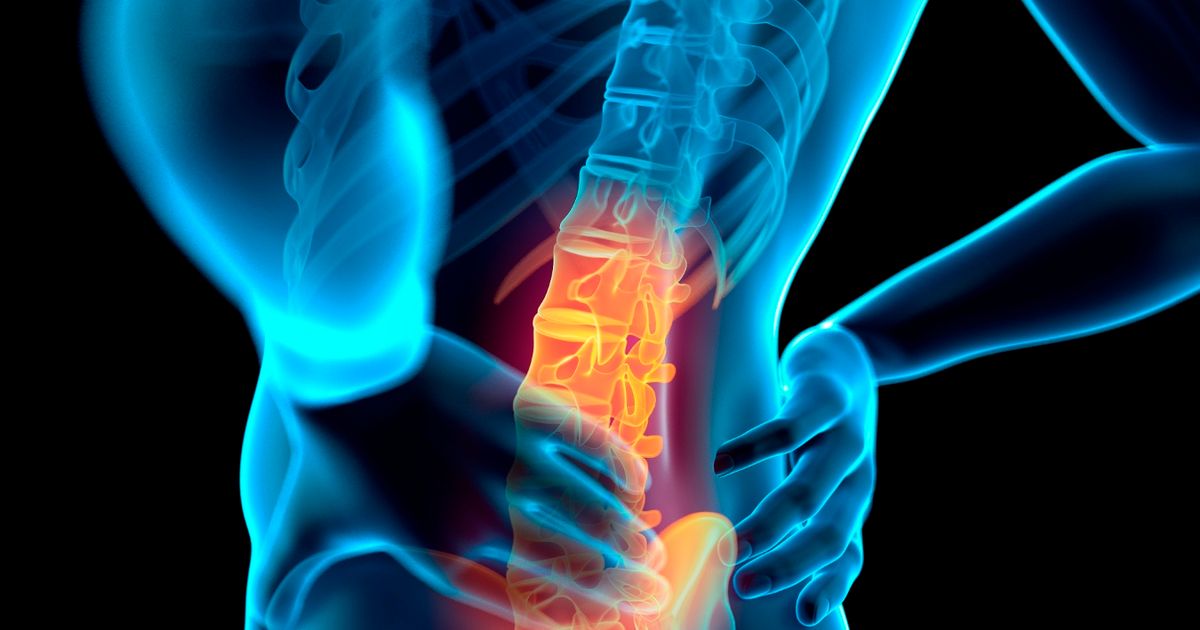Complications And Treatments For A Synovial Cyst
Synovial cysts are fluid-filled sacs that may occur within the spine. Considered a rare or infrequent cause of back or spine pain, synovial cysts are the most common form of spinal cyst. Synovial cysts are part of the degenerative process that occurs with wear and tear of the spine, also known as osteoarthritis. It is a typical assumption that osteoarthritis affects the bone. The truth is, osteoarthritis begins in the soft tissues of the joint, mainly the joint cartilage. As a joint wears and tears, it becomes sloppy and produces more synovial fluid, the fluid that lubricates a joint. This excess motion and wear and tear may eventually cause a synovial cyst to form. Learn about the treatments and complications of a synovial cyst now.
Cauda Equina Syndrome

Cauda equina syndrome is a rare but serious complication of spinal pathologies to the lumbar region. In the lumbar spine, the spinal cord terminates into the cauda equina, a loose bundle of nerves. It occurs when pressure from a synovial cyst, disc herniation, or other pathology causes specific symptoms due to nerve compression. These symptoms affect the saddle and groin and include pain or numbness and tingling. They can also be accompanied by an inability to control bowel or bladder or even sexual dysfunction. Many result in urgent surgery; however, even with expedient decompression, cauda equina syndrome is known to have poor outcomes in twenty percent of cases. Synovial cysts cannot be detected via basic spinal x-rays. An MRI or CT scan is required, as well as a physical examination by a specialist. The possibility of dangerous outcomes indicates that any suspected synovial cysts should be evaluated by a spinal care specialist, even though most cause little to no symptoms.
Get to know how to treat synovial cysts now.